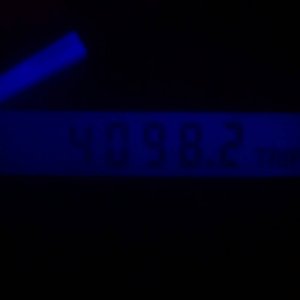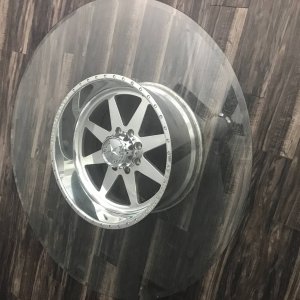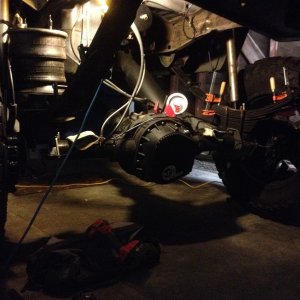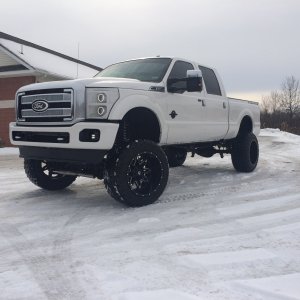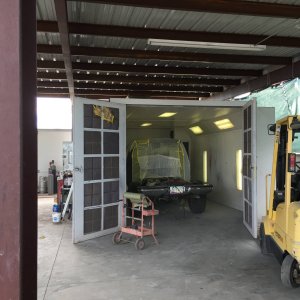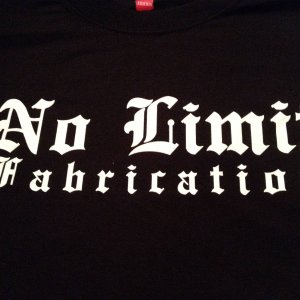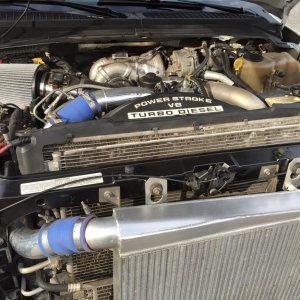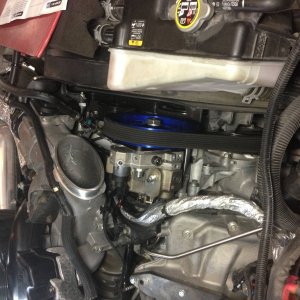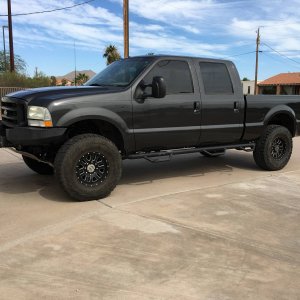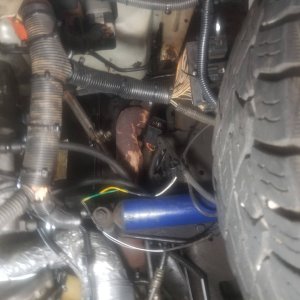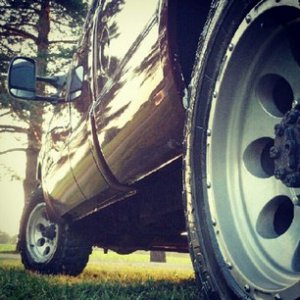I know we are just talking theories... so please don't take offense to any of my thoughts... or disagreements :grouphug:
I disagree to some extent...
Something to remember is that turbos, turbines, and compressors do not care so much about "pressure"... they care more about "pressure ratios". That is something important to understand.
Think of it from a compressor map perspective... under most circumstances both turbos would be operating in a much more efficient area of the compressor map. Depending on how you size the turbos they will be basically doing half the work as before to create the same amount of boost.
As long as the turbos are "sized" correctly. The HP compressor is not really a restriction. It is simply compressing already compressed air. Running a LP or Atmo turbo in a compound setup is kind of like changing the atmospheric pressure at which the HP operates at... kinda like the difference between running a turbo at 9000' (baro of 10.5psi) and sea level (baro of 15psi). The 10.5 and 15psi is literally the density of the atmospheric pressure pushing on the compressor wheel. The reason turbos run better at sea level is because there is more pressure and it changes the pressure ratio at which the hp turbo operates at. That is why it is commonly refereed to as the "atmospheric turbo". So adding an atmo/lp turbo will now increase the density of the air before it enters the hp turbo... so instead of seeing 15psi at sea level (which we all understand as being a good thing) now the turbo is operating at an atmospheric pressure of around 15-30psi which helps lower the pressure ratio required from the HP turbo which helps keep the turbo in a more efficient area of the compressor map... thus helping the system to run more "efficiently"
Also having a second turbine causing a parasitic loss seems incorrect to me. Yes you have to spin yet a second turbine/compressor... but you are simply catching exhaust that would otherwise be wasted out the tail pipe and creating more energy from it. That is kind of like saying that a single turbo is parasitic... yes to a certain extent, but the benefits outweigh the small losses.
From a turbine perspective... Remembering that this is all about "pressure ratio" and "corrected flow"... If the lp turbine side is too restrictive the the pressure "after" the hp turbo in the intermediate pipe gets too high then the pressure ratio on the HP turbine will go down moving it backwards along the turbine map and lowering the corrective flow capabilities... thus creating huge amounts of back pressure. That point is usually around a 1.25-1.5 pressure ratio where you move backwards/left far enough across the turbine map and the corrective flow starts to drop off... but above a 2 pressure ratio you start to flow a lot more air.
SO... for example.
FIRST ORANGE DOT
psi before hp = 70psi
psi after hp = 45psi
Pressure ratio = 1.55 and the flow is going to rock out and the system will do well
corrected flow = 27lb/min
SECOND ORANGE DOT
psi before hp = 70psi
psi after hp = 39psi
Pressure ratio = 1.79, you move right across the turbine map and the flow is going to go up and the whole system will breath better and the flow goes up.
corrected flow = 29lb/min
THIRD ORANGE DOT
psi before hp = 70psi
psi after hp = 35 psi
pressur ratio = 2.00, you move even more across the turbine map and the flow goes up even more... the system is even happier and flow continues to go up
corrected flow = 31lb/min
Now if the LP becomes a restriction (or you have too big of a HP)
ONLY RED DOT
psi before hp = 70psi
psi after hp = 55psi
Pressure ratio =1.27, you move way left across the turbine map and the flow starts to drop way down which will then raise back pressure even more and then drop the pressure ratio even more... this starts a chain reaction the the EBP/Drive pressure before the HP skyrockets... That is when people start to gate the truck. Gating to the intermediate makes the problem even worse... gating to the atmosphere will alleviate the issue.
corrected flow drops down below: 21lb/min and your hp turbo has now become a restriction and is probably starting to overspeed.
So you can see that by increasing the turbine size of the LP turbo you will lower the pressure in the intermediate pipe and help the the HP turbine pressure ratio go up and will increase the flow across the whole system. This in theory can cause your ebp to go down... or at least be able to flow more air at a lower ebp as compared to before.
Hope that helps :thumbsup:

